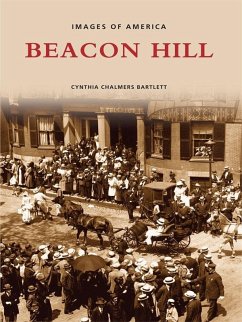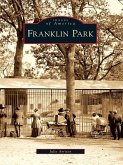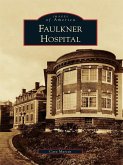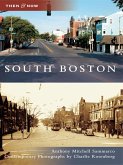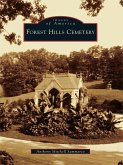Beacon Hill, an historic district and one of the oldest neighborhoods in America, welcomed its first resident in the 1620s. In colonial days, the area served as a strategic look-out point; in the early years of the 1800s it quickly developed into a home for the most prominent and fashionable Bostonians. Its attraction was and still is its architectural continuity and integrity. Cynthia Chalmers Bartlett,s Beacon Hill chronicles the development of this historic area in the early nineteenth to mid-twentieth centuries through a fascinating series of vintage photographs. This exciting compilation will transport readersto the days of horse-and-buggy transportation, early American architecture, and elaborate Victorian attire. The images in this collection pay homage to the homes and headquarters of many eminent American statesmen, artists, authors, and activists. The hill,s illustrious and multicultural past is splendidly documented in this wellresearched and brilliantly-illustrated new book.
Dieser Download kann aus rechtlichen Gründen nur mit Rechnungsadresse in A, B, BG, CY, CZ, D, DK, EW, E, FIN, F, GR, HR, H, IRL, I, LT, L, LR, M, NL, PL, P, R, S, SLO, SK ausgeliefert werden.

